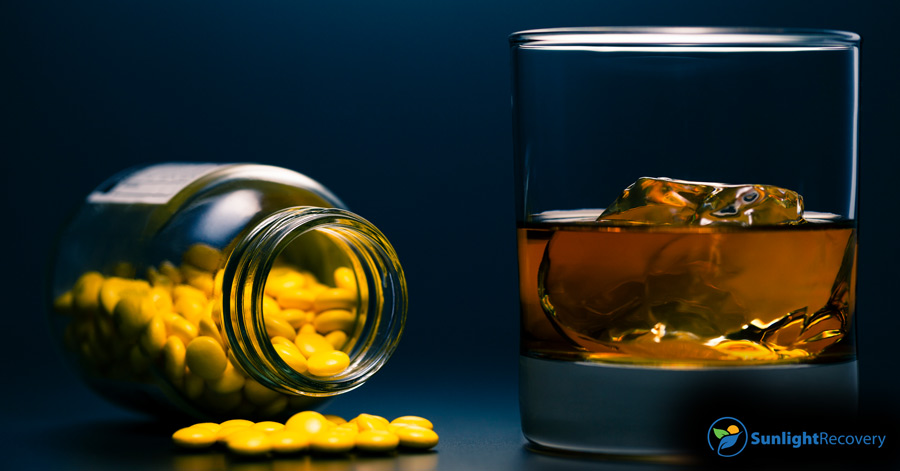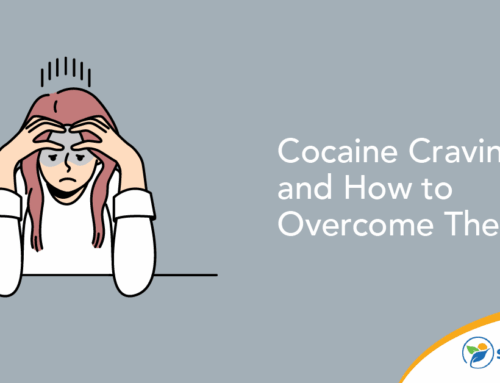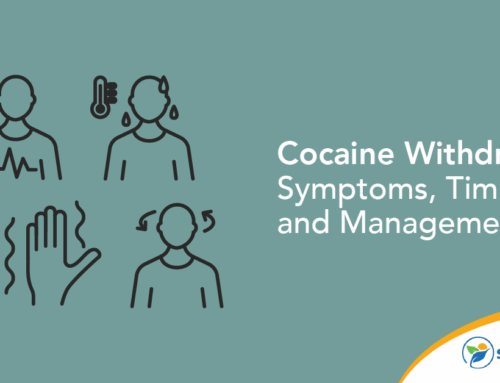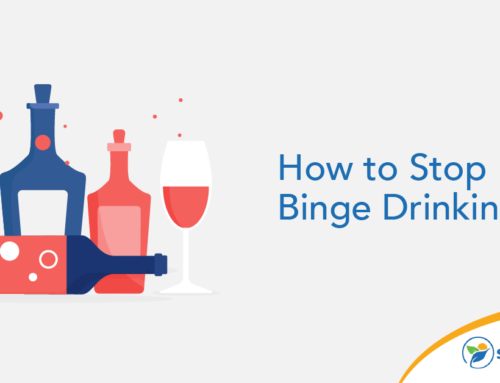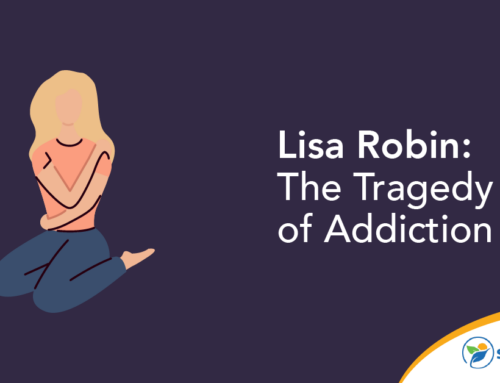According to the National Institute on Alcohol Abuse and Alcoholism, about 85.6% of American adults reported drinking alcohol at some point in their lifetime. Alcohol is commonly used by people to enhance sociability, escape their problems and have a fun night. Combining alcohol with other drugs is a method used by some to increase their level of intoxication and enhance these good feelings. For example, mixing codeine and alcohol has become an increasingly popular trend despite how dangerous it can be.
What Are the Effects of Codeine?
Codeine is a prescription opioid and cough suppressant. It’s typically used to manage and treat chronic pain and reduce coughing. When swallowing a tablet or drinking codeine syrup as prescribed, the drug can relieve patients suffering from disruptive coughing or mild to moderate pain. However, misusing codeine can have harmful effects.
Many people use codeine illicitly because of the euphoric high the drug produces. Being an opioid, codeine is extremely habit-forming and easy to become addicted to. The intense high associated with the drug can produce cravings, encouraging individuals to take increasingly larger doses. This can lead to a higher tolerance for the drug, resulting in a substance abuse problem. Codeine also causes negative side effects, including:
- Dizziness
- Fever
- Confusion
- Nausea and vomiting
- Constipation
- Slowed breathing
- Stomach pain
- Mild itching
- Rashes
- Blurred vision
- Sweating
Mixing Codeine With Other Substances
People who misuse codeine may combine it with prescription cough syrup, soda, hard candy and alcohol in a mixture known as lean. Mixing lean with alcohol is meant to intensify a codeine high and increase levels of intoxication. Drinking lean became popular in the 1990s due to its association with rap and hip hop culture. The drink repeatedly made an appearance in song lyrics and music videos from artists such as D.J. Screw and Pimp C. To this day, lean is still considered a popular party drink for its relaxing and pain relieving effects.
While drinking lean can make individuals feel good, an alcohol codeine concoction also increases an individual’s risk of overdose. The warning signs of an overdose include:
- Chest pain or discomfort
- Extreme sleepiness or drowsiness
- Decreased responsiveness
- Bluish skin or lips
- Slow or irregular heartbeat
- Constricted or small pupils
What Are the Effects of Alcohol?
Alcohol is a central nervous system depressant that slows down brain activity and alters mood, behavior and self-control. Many people engage in moderate drinking, especially during holidays, celebrations or special events. While the occasional drink isn’t harmful, excessive alcohol consumption can become a problem and cause serious short- and long-term effects.
Temporary effects that can occur when drinking alcohol include:
- A sense of euphoria or giddiness
- Impulsive behavior
- Slurred speech
- Head pain
- Diarrhea
- Mood changes
- Vision, perception or hearing changes
- Trouble focusing
- Loss of coordination
- Feelings of drowsiness or relaxation
Dehydration can also occur when drinking too much alcohol. The impulsiveness and mood changes caused by alcohol can lead to additional negative consequences, including injuries, accidents and decisions you may regret once sober. Alcohol can also cause long-lasting effects, such as a weakened immune system, changes in appetite or weight, difficulty focusing on tasks, insomnia and increased conflict within relationships.
The Risks of Mixing Codeine and Alcohol
Taking codeine and alcohol together, or lean alcohol, is so dangerous because each drug intensifies the effects of the other, increasing the risk of long-term health complications and overdose. Alcohol can cause narcotic pain relievers, such as codeine, to rapidly release, leading to high blood levels and intoxication that can have dangerous effects. Lean alc can also impair judgement, minimize perception of pain and increase pleasurable feelings, leading to risky behavior.
Both drugs also interact with crucial neurotransmitters, such as serotonin and dopamine. Since both of these neurotransmitters affect mood, you may feel happier and better while the drugs are still in your system. Once they wear off, though, a person may feel depressed, causing them to seek out more drugs to replicate those good feelings. Other harmful side effects of mixing codeine and alcohol include:
- Low blood pressure
- Memory loss
- Delayed reaction time and motor skills
- Fainting
- Mental impairment
- Headaches
- Extreme fatigue or drowsiness
- Respiratory depression
- Coma or death
Overdose is one of the most serious short-term risks associated with taking alcohol and codeine. It’s also harder to treat. Naloxone is typically administered by emergency responders in opioid-related overdoses to temporarily stop symptoms until the patient arrives at the hospital for further medical care. However, naloxone doesn’t work for overdoses when alcohol is involved. The person who overdoses will need to have their stomach pumped to eject the drugs. Those who overdose on codeine and alcohol are also at risk of brain damage, muscle deterioration, heart issues and seizures.
There are also many long-term effects of combining these two drugs. Severe respiratory depression is one of the most dangerous side effects of mixing codeine with alcohol. Respiratory depression is a potentially life-threatening condition that causes irregular breathing and reduces the amount of oxygen in the body and brain. This can cause long-term damage to major organs or death.
Mixing alcohol and codeine can also increase a person’s risk of liver, kidney and gastrointestinal damage. If the gastrointestinal system is damaged, an individual may experience ulcers, indigestion, inflammation, abdominal bloating or malnutrition.
When Should You Seek Help?
If you or someone you know is routinely mixing codeine and alcohol, seeking substance abuse treatment may be necessary. There are various treatment programs available, depending on the severity of your addiction and your lifestyle. For example, inpatient programs involve receiving treatment while living at a facility for an extended period of time. However, this can be an unrealistic commitment for some people.
Outpatient programs provide similar addiction treatment without the overnight requirement. Typically, you check in with a medical professional a set number of times per week and return home afterward for the duration of the treatment. Both programs offer various services, including individual or group therapy, medication assisted treatment and strong support systems.
At Sunlight Recovery, we know how difficult it is to break free from an addiction. If you’re struggling with a substance abuse problem, our programs can help you get the treatment you need to overcome your addiction. Contact us today to speak with a trained professional and take your first step toward achieving a successful recovery.


